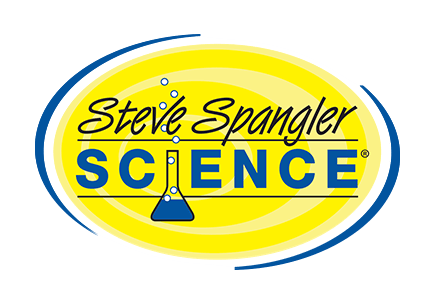The “how to” on Science Centers
A hot topic with new teachers, especially primary teachers right now is how to set up a Science Center.
Kindergarten teacher extraordinaire Julie Gintzler from Maywood Elementary in Indiana has 18 years in teaching. 18 years ago they didn’t have centers, just a bucket of toys and a nap.
Julie does Science Centers in two different ways.
First, there are Subject Centers which focus on projects we have done already, the things the kids would like to revisit, and the living creatures we would like to experiment on.
Julie also does Theme Centers, like a Snow Center that has instant snow in a tub, a center for books about snow, and a center where kids are making polar bear paws. Centers are a great way to expose children to various forms of thought to see these items in different settings.
There is a difference between guided inquiry and self-directed inquiry. When we teach, kids we give them guided inquiry “” the steps to achieve a particular goal.
Self-guiding is when a child can play and learn by making and doing. There are always times that guided instruction is necessary, but there is some wonderful learning that can take place when the teacher steps outside of that role and just becomes a facilitator providing the materials, answering the questions and posing other questions to the child to discover something outside of what they were thinking. Center time is a perfect time for them to be able to explore that.
Start putting some of the materials out ahead of time to tempt children with a taste of what is to come. Give them time to freely explore the materials and get the play out of their system so that they can focus on the learning ahead. We call it “Play with a Purpose”. And “Play with a Purpose” holds true at any age.

Listen to my podcast on Science Centers
(File size is 1.5 MB) (Show length 6 minutes 15 seconds)




Leave a Reply
Want to join the discussion?Feel free to contribute!